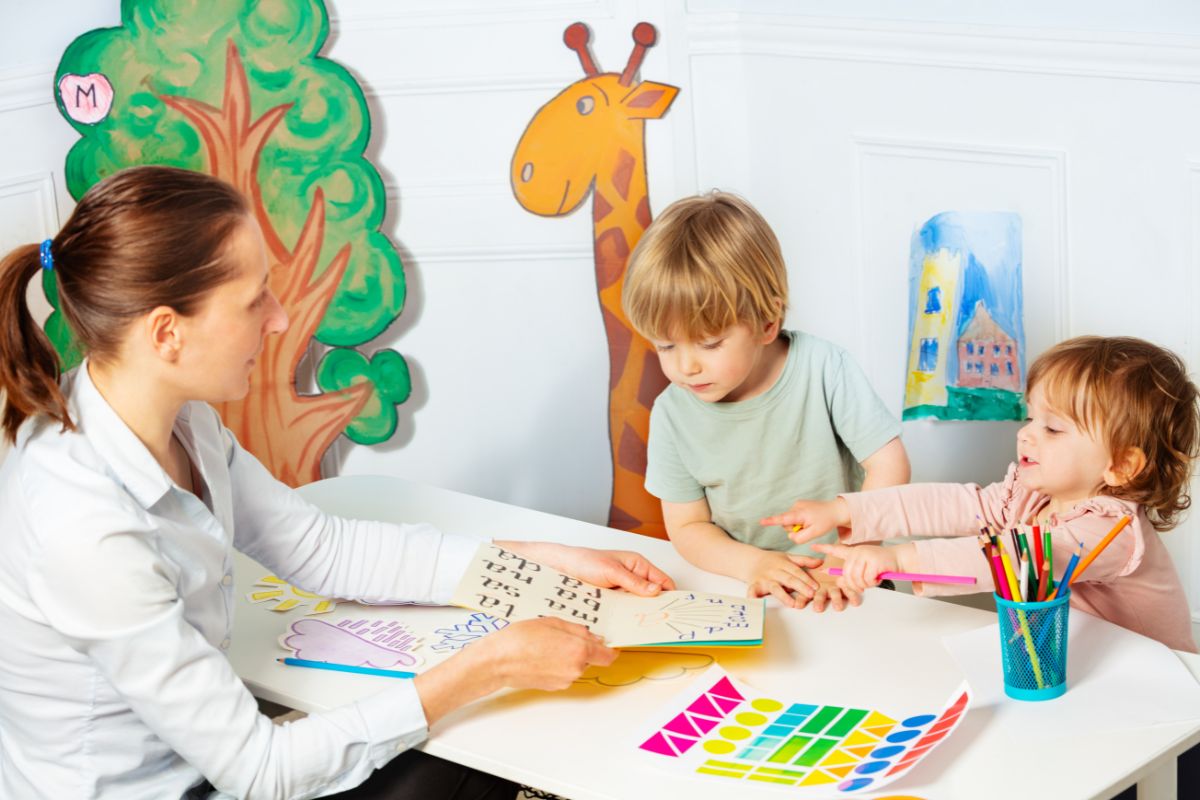
Autism and Learning Disability Comorbidity
Autism Spectrum Disorder (ASD) and learning disabilities often coexist, creating unique challenges for individuals. Understanding the complexities of this comorbidity is essential

Autism Spectrum Disorder (ASD) and learning disabilities often coexist, creating unique challenges for individuals. Understanding the complexities of this comorbidity is essential

For many years, Asperger’s Syndrome (AS) was considered a distinct diagnosis on the autism spectrum. However, the diagnostic criteria for autism have

Two common struggles that often intersect are burnout and depression. While these conditions share some similarities, they are distinct experiences. Understanding the

The complexities of processing sensory information, understanding social cues, and communicating needs can often lead to heightened frustration and anger in individuals

For young adults with autism, the challenges of navigating social interactions, understanding emotions, and managing sensory sensitivities can increase their vulnerability to

Light sensitivity, or photophobia, is a common challenge faced by many individuals with autism spectrum disorder (ASD). This article delves into the

Shaping is a fundamental technique in Applied Behavior Analysis (ABA) therapy. It involves gradually modifying behavior through reinforcement of successive approximations toward

Burnout is a state of emotional, physical, and mental exhaustion caused by prolonged or excessive stress. While anyone can experience burnout, autistic

Autism Spectrum Disorder (ASD) is a developmental condition that can impact a person’s social skills, repetitive behaviors, and communication. Speech problems are

A lot of people associate Autism Spectrum Disorders (ASD) with challenges in communication. However, many autistic individuals also have difficulties with both

The term “neurodivergent” has become increasingly common, but it can sometimes cause confusion. Does it simply mean autistic? Let’s explore the nuances

The concept of “autism gaze” refers to a pattern of eye contact or lack thereof that is often different from typical social